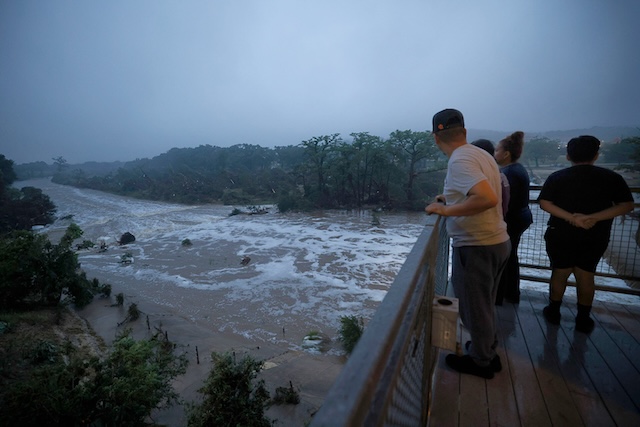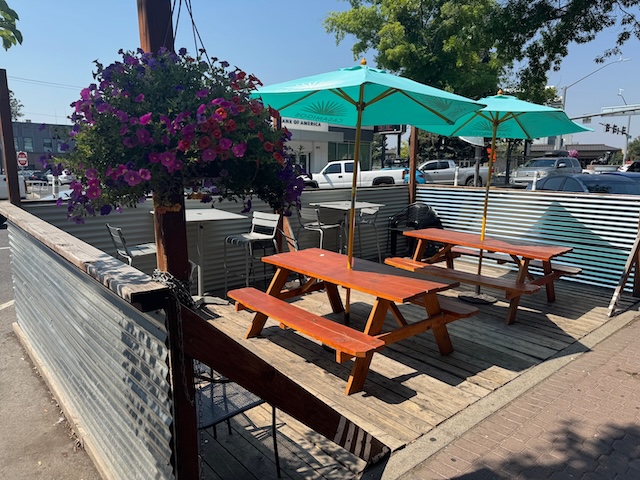Commentary: Texas floods show danger of ignoring history and common sense
Published 7:09 am Monday, July 21, 2025

- People watch the Guadalupe River, on July 5, in Kerrville, Texas. (Chitose Suzuki/The Dallas Morning News/TNS)
Science and technology have made many hazards predictable in ways that were unthinkable 150 years ago. Tragedies, like the Central Texas flash flood, can be averted or minimized when knowledge is combined with appropriate investments in planning, training, warning systems and awareness.
At least 130 people died when a July 4 deluge supercharged the Guadalupe and other rivers, which then rampaged through a region known for flash floods. It didn’t have to be this bad.
Based on all we know now, it is fair to conclude that Camp Mystic’s leadership disastrously underestimated the potential danger of floods. We ache for its teenage counselors, both those who survived and those who didn’t. We cannot imagine their desperation as the water kept rising and they received little guidance from adults about how to save themselves and the girls in their care. We cannot understand why campers or counselors were left so vulnerable.
Trending
Several camp buildings, including cabins where young girls slept, were within the FEMA-designated high-risk flood zone. FEMA maps are typically used to determine whether property owners probably need to buy a flood insurance policy.
But rather than elevate and reinforce the structures, or use them only for daytime activities, camp leaders repeatedly appealed to FEMA to essentially redraw the map to exclude the structures. FEMA apparently acquiesced, allowing the cabins to remain in especially risky flood zones.
Development and recreation along the Guadalupe, and along other nearby rivers, has increased significantly as the state’s population has grown. There has not been a commensurate review of or coordinated approach to risks in the region, and this high death toll is one result.
Volunteer firefighters from the area did warn some residents, literally going from house to house, knocking on doors. It’s unclear whether that effort was coordinated countywide, or whether first responders attempted to warn camps and campgrounds along the rivers. That should have been a key part of any county emergency plan.
County officials and owners of riverside camps and attractions should be scrambling to study FEMA maps and re-evaluate whether they can safely reopen. They should err on the side of caution: FEMA maps typically underestimate flood risk because they rely on old data or don’t include the compounding effects of sudden, extreme rainfall. Local and state agencies may need to consider using eminent domain to keep some land nearest the river off-limits to overnight uses.
Luck — good or bad — shouldn’t be the only determinant of how many people survive a disaster. Knowledge, awareness, preparation and practice really can minimize loss of life.
Trending
For example, in October 2019, an EF3 tornado barreled through northwest Dallas and into Richardson on a Sunday night. Warnings went out. There were no fatalities and few severe injuries.
In January, hurricane-force winds sent wildfires racing through densely populated sections of Los Angeles County in California. Eleven thousand homes burned down, but public awareness and evacuation orders helped limit the death toll to 30.
Bad things happen. They don’t always end in historic tragedies.








